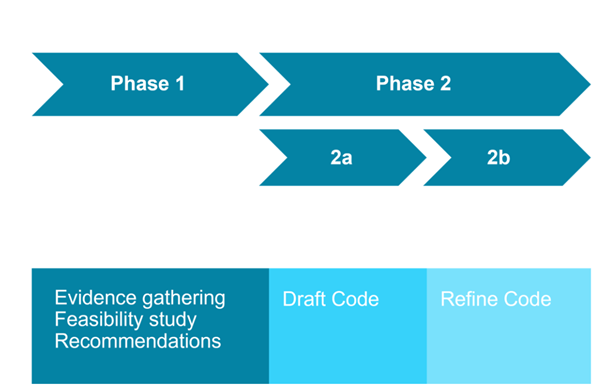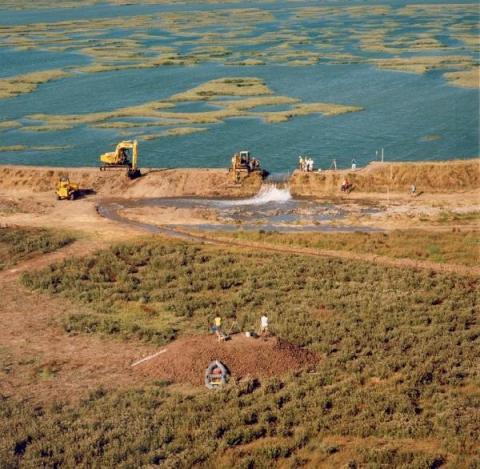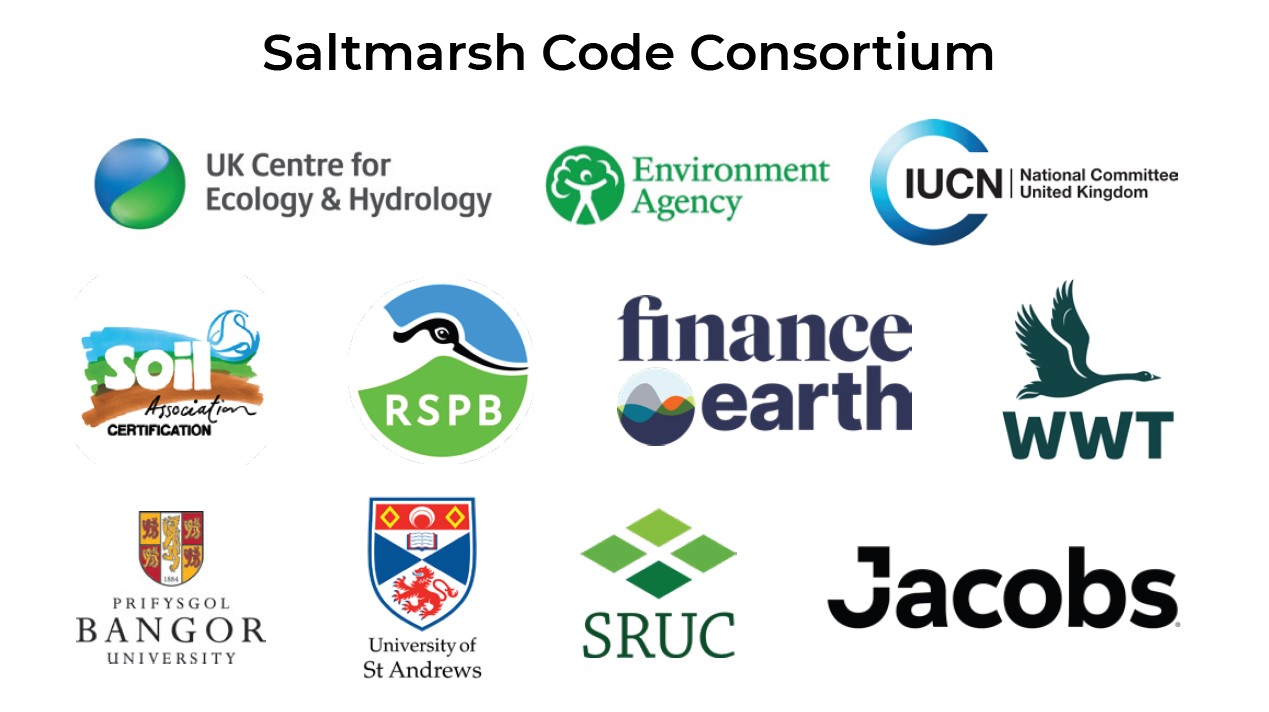Financing large-scale restoration is becoming more viable, as businesses become more motivated to voluntarily offset CO2 emissions via the voluntary carbon market.
UKCEH is leading a consortium across charity, finance and academic sectors to develop and pilot a UK Saltmarsh Carbon Code. This rigorous and scientifically-based voluntary certification standard will enable saltmarsh carbon to be confidently purchased, thus providing an income stream for restoration projects and supporting the achievement of national Net Zero goals.






